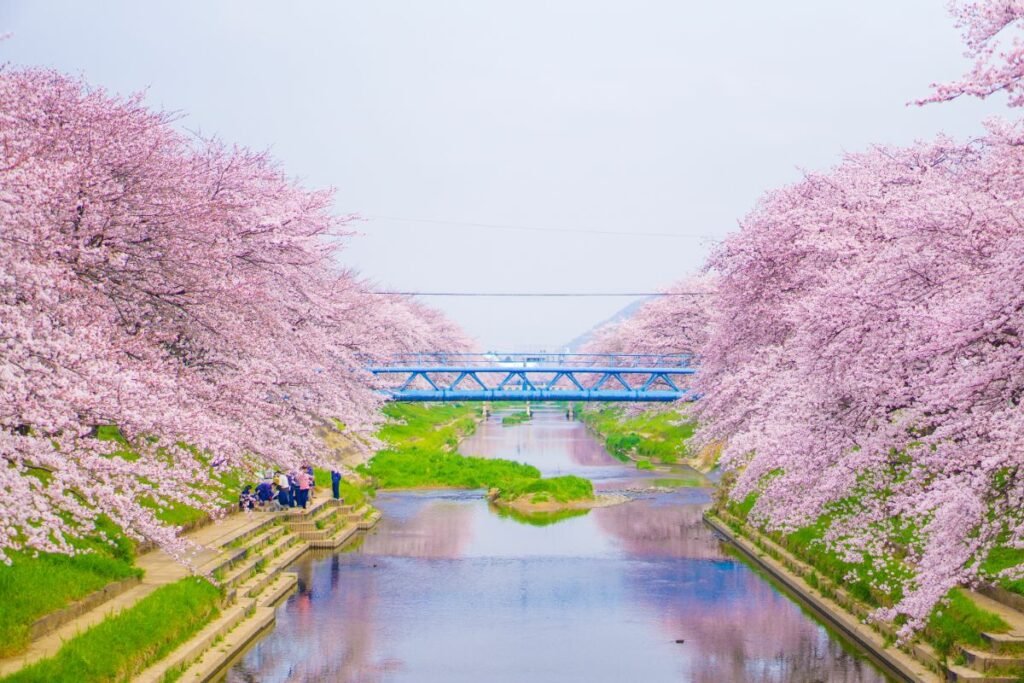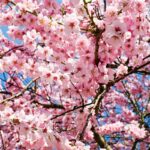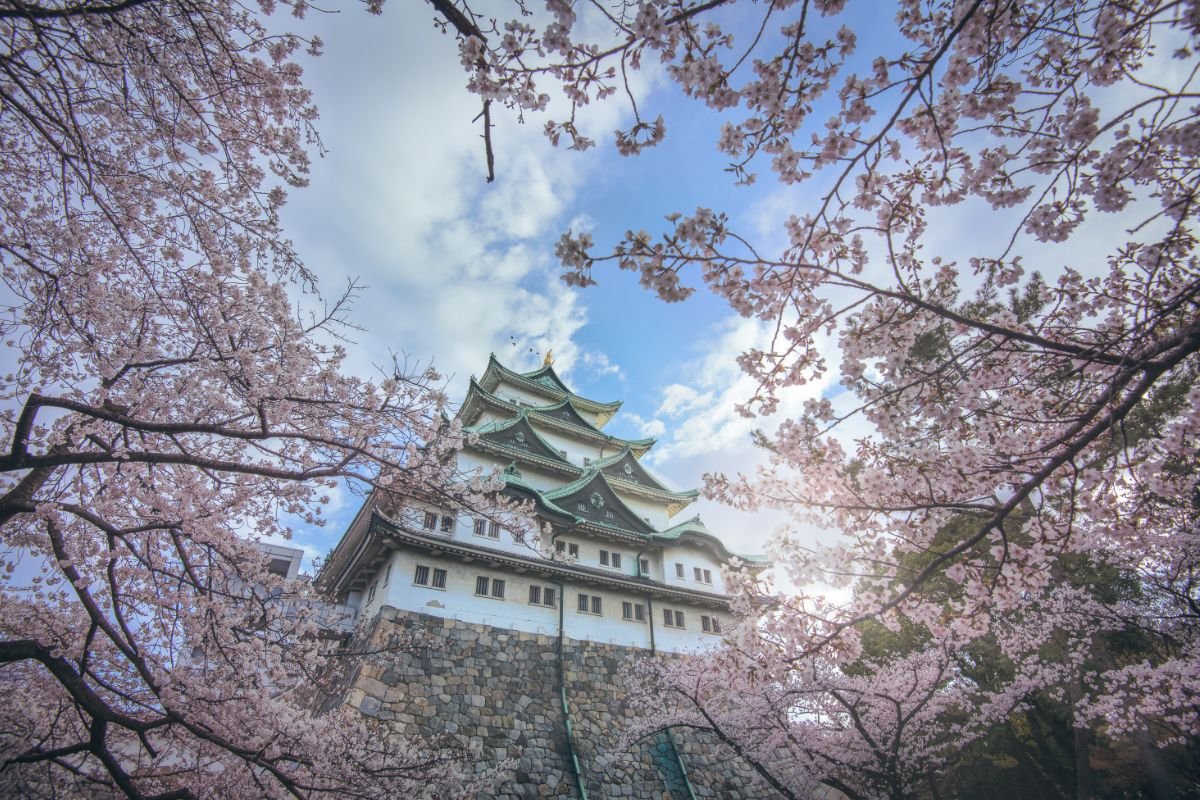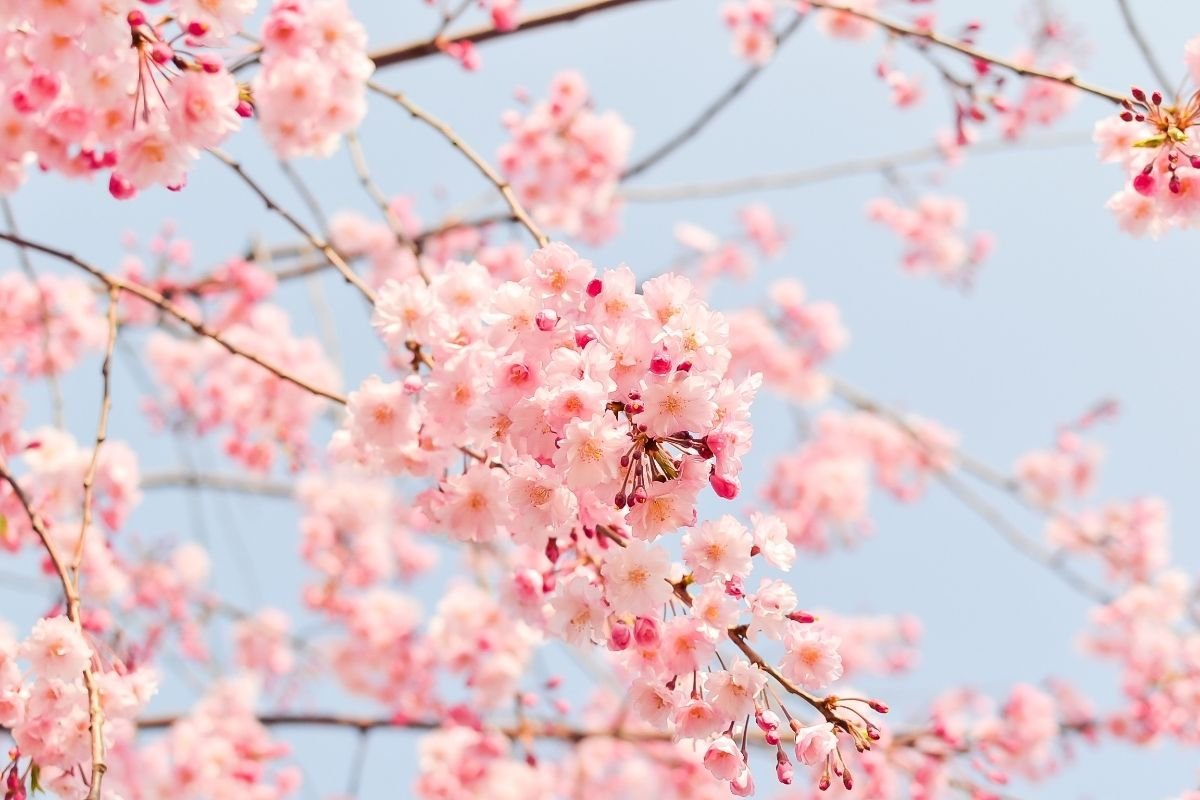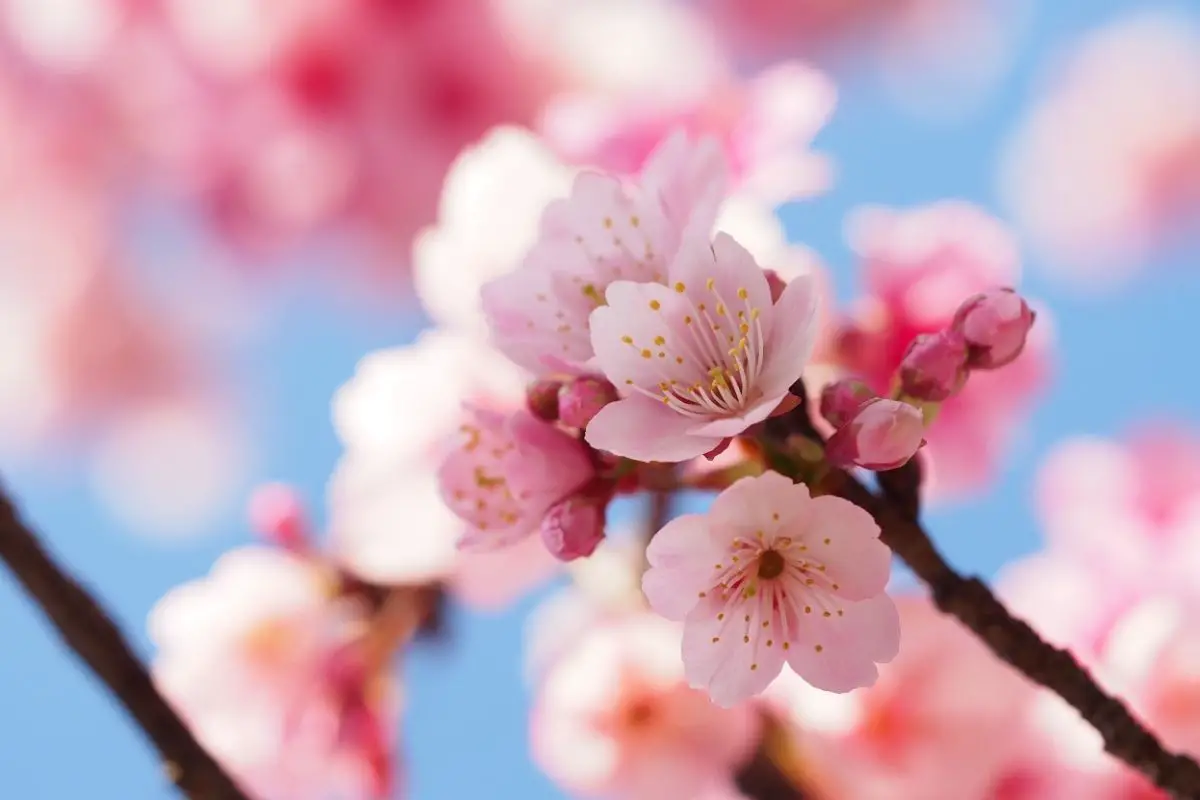It feels as though the word ‘sakura’ has taken the world by storm, each day we’re hearing it more and more, and it’s considered to be a great signifier of beauty. After all, sakura actually means ‘cherry blossom’, in Japanese.
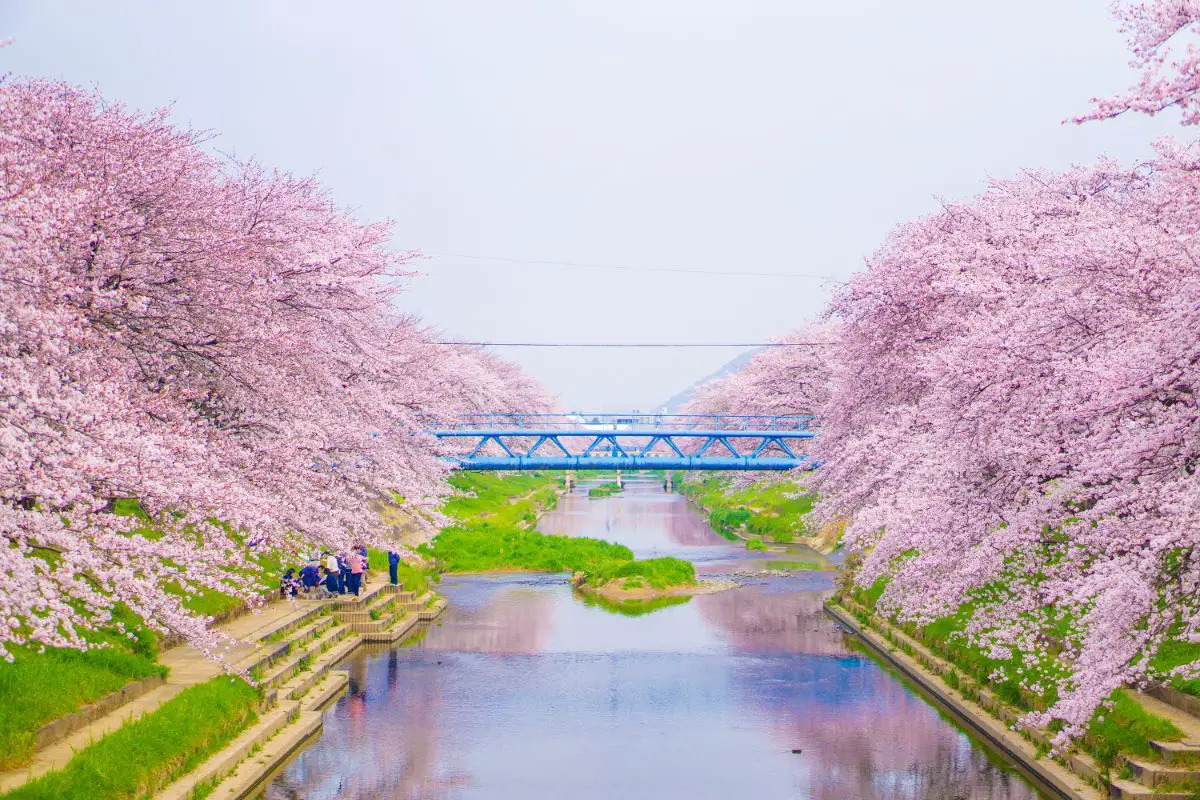
Cherry blossoms, of course, are the beautiful ephemeral flowers that we see in photographs, and regarded widely on social media.
For the Japanese people, however, sakura has a far deeper meaning than simply being an Instagram worthy image. In fact, it’s embedded within Japanese culture and spirituality itself.
If you’ve ever found yourself wanting to find out more about these beautiful cherry blossoms, and what they signify in Japan, then you’ve come to the right place. Below, we answer all of your questions regarding these breathtaking trees, so simply keep reading to find out more.
What Are Cherry Blossoms?
So, before we jump in and start discussing the spiritual significance of the trees, we should take a closer look at what cherry blossoms really are.
A cherry blossom is actually a flower that comes from the prunus tree, a tree which produces many different varieties of flowers (learn more about the meaning behind Japan’s favorite flowers here). We’ll take a look at some of these different flowers later on.
You’ll find cherry blossoms anywhere that display temperate climates, particularly in the Northern Hemisphere. So you won’t just find them in Japan, as cherry blossoms have also been known to bloom in Korea, Pakistan, Iran, and China.
The reason why Japan is so well known for cherry blossoms as opposed to other countries, is because of the wide variety of different flowers that appear on their prunus trees. When the flowers bloom, the Japanese people will celebrate, and throw what is called a hanami.
Hanami translates to flower viewing, and signifies an opportunity to go and enjoy the cherry blossoms whilst they bloom. Many families will actually take picnics with them, so that they can sit close to the gorgeous trees.
The Difference Between Cherry Blossoms And Other Flowers
One of the key things that we should discuss, is that just because a flower blooms on the prunus tree, this doesn’t necessarily mean that it’s a cherry blossom.
In fact, the prunus tree can produce up to three different types of flowers, and although they might look similar, they’re not the same variety.
One of the most common other varieties of flower you’ll find on these trees are peach flowers. Peach flowers have a different blooming time to cherry blossoms, and you’ll normally see these during the midpoint of March.
They’re discernable from cherry blossoms because they have petals which form in a pointed shape.
As well as this, they also display longer stems, and bloom in pairs. So, these flowers will always appear side by side when they bloom. Despite looking similar to cherry blossoms, they are in fact, disparate.
Another variety of flower that you’ll find blooming on the prunus tree is a plum blossom.
These are not so easily confused as the other two, as they’re visibly different. The key difference between cherry blossoms and plum blossoms is that the latter is actually white in color.
These flowers will also bloom at a different time, quite early in the season actually, during the midpoint of February. They develop individually on the trees, and don’t form in pairs like peach blossoms.
They’re also far smaller in appearance, and strangely don’t even seem to grow on stems. Many people have marveled at how the plum blossoms appear to form directly on the branches themselves.
Although it is rare, you might sometimes see plum blossoms take on a purple color, hence their name.
As opposed to the other two on our list, you’ll normally witness cherry blossoms making an appearance during the latter portion of March, towards the end of the season.
They have very long stems, and unlike the other two blooms, they form in bundles, with several other flowers packed closely together.
You’ll also notice that the petals have a very small opening if you look closely enough, and this also differs from the other flowers on the prunus tree.
The Spiritual Meaning Of Sakura
Now that we’ve taken a look at what cherry blossoms are, as well as how to identify them, we can move on to discuss their spiritual meaning. As we mentioned briefly at the beginning of our article, cherry blossoms hold great spiritual significance to Japanese people.
These blossoms actually have a very long spiritual significance to the Japanese people, and this can be traced back to the pilots during World War 2. During the war, Japan had what were called ‘suicide pilots’.
These pilots, before leaping to their deaths, would actually paint their planes with cherry blossoms, in order to die like the falling cherry petals for their Emperor.
The transient nature of the cherry blossom’s lifespan has often been tied in with many Buddhist principles over the years. Because cherry blossoms bloom for such a short time, they’re a reminder that our lives are also beautiful, but ultimately, short lived.
The cherry blossoms remind us to take in our surroundings, and appreciate everything that we have around us, friends, family, and all of the little things that make life worthwhile.
However, this differs from how the cherry blossoms are regarded today. Nowadays, they’re appreciated for philosophical reasons, and also for aesthetic reasons.
It’s seen as a sign of good luck for the new year too, because they tend to bloom just at the beginning of a new school year in Japan, so they’re thought to bring fortune to students and their academic ventures.
Today, Sakura flowers are regarded as a symbol of rebirth and renewal. During ancient times, the Japanese people would travel to the mountains, in order to witness their beloved cherry blossoms in bloom.
They would worship them every Spring, and then afterward, transplant the trees to other areas. They therefore have strong associations with optimism and looking towards the future.
The Hanami Ritual
This brings us onto our next item, the ritual of Hanami. This is a modern day practice in Japan, and is a national tradition that is embedded in cultural history. Perhaps you’ve seen photographs of Japanese people sitting near the cherry blossom trees during springtime in a meditative pose.
The Hanami season is considered to be a very happy time within Japanese culture. You’ll witness lots of people showing up to place a blue mat near a cherry blossom tree. Most people will arrive very early in the morning, in order to make sure that they get a spot, as it gets incredibly crowded.
An interesting fact about Hanami is that instead of bringing regular food along to enjoy the season, most people will bring picnic items along that are pink in color to celebrate the cherry blossoms.
You’ll find all manner of different cherry blossom themed items, including cakes and teas. One of the most popular food items that you’ll find is sakura mochi. Sakura mochi is essentially a rice cake, but one that has been wrapped in a leaf from the prunus tree itself.
Although it’s considered a time of joviality, and many families will bring along picnics to enjoy whilst they sit under the trees, it also has strong religious connotations.
The Japanese will come to sit here and meditate on the transience of life, and think about all of the things that they’re appreciative of.
Many people who have arrived early in the day to appreciate the cherry blossoms will actually stay well into the evening time. There will be lots of lanterns lit up to illuminate the sky, and demonstrate the delicate beauty of the flowers that shine through.
This stage of the evening, where the cherry blossoms are viewed in darkness, is called yozakura. It literally translates to ‘night sakura’. They sparkle like little stars when they’re illuminated in the darkness.
Many cherry blossom trees will have been planted in beautiful locations, such as outside of castle walls. The largest festival, Hirosaki Cherry Blossom Festival, is an example of this, and you wouldn’t believe the number of people who show up.
For this cherry blossom festival alone, there are usually around 2 million people, many of whom aren’t even native to Japan, but have traveled to the country in order to witness the beauty of the cherry blossoms.
Some Words Associated With Sakura
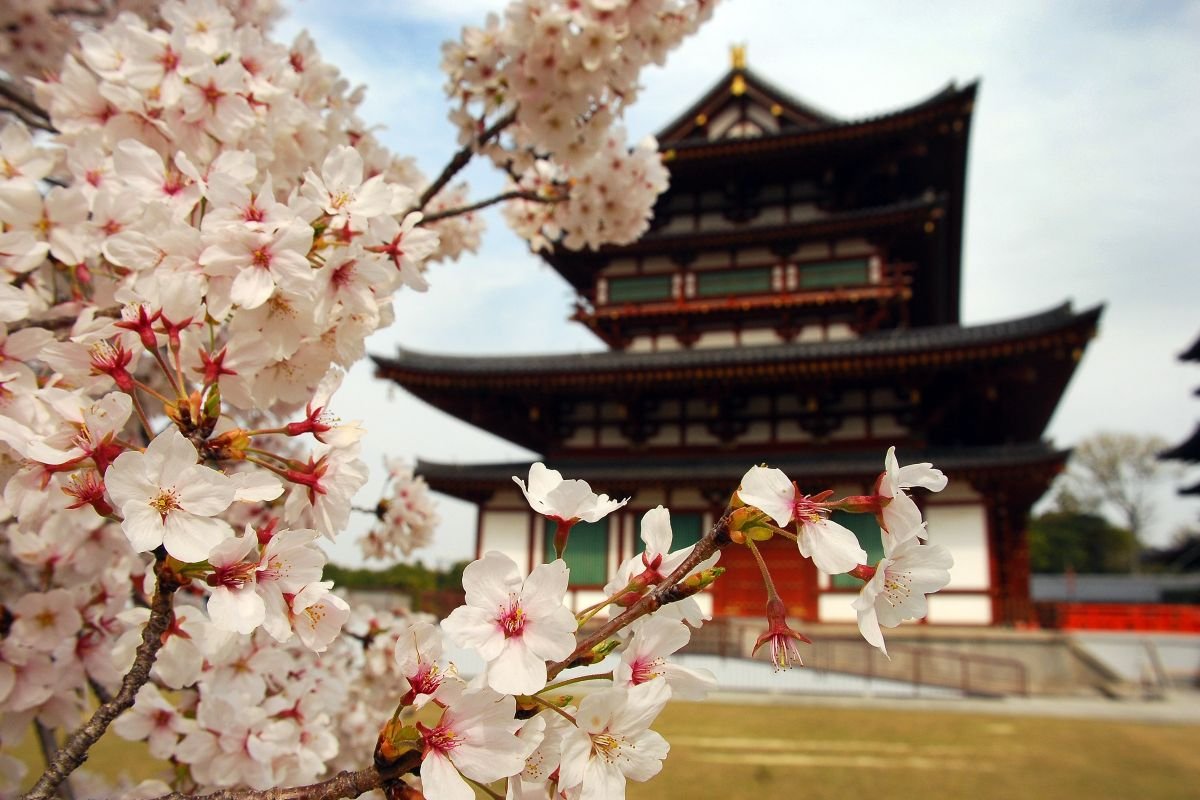
During cherry blossom season, you’ll find a number of different words uttered in Japan to describe this phenomenon. Below, we take a look at some of the different meanings.
1. Sakurabito
If you’re reading this article, then this word might actually be perfect for describing you. Sakurabito is an ancient word, and actually dates back to the 11th century in Japan. It essentially means ‘somebody who loves cherry blossoms’.
So, the next time somebody asks you about your love of cherry blossoms, you can simply tell them that you’re a sakurabito.
2. Hanafubuki
Even though you probably don’t know what this word means, you’ve probably witnessed the phenomena online either in photos or videos. Hanafubuki essentially means ‘cherry blossom snowstorm’.
It signifies when the wind is high, and it blows the petals off of the flowers in a snowstorm like fashion.
3. Sakura Zensen
Now, you might be able to guess what this one means merely by what it sounds like. Sakura zensen literally means sakura season. It’s the season when cherry blossoms bloom everywhere.
This term is actually described on weather channels by those making predictions, or just commenting on how cherry blossoms are sweeping through the nation.
The season will begin in January with the formation of the plum blossoms, and will then move along into mid March with the formation of peach blossoms, and will culminate with the cherry blossoms.
4. Mankai
Mankai is when a cherry blossom tree has reached maturity, or it is nearing maturity, with over 70 percent of the blossoms in full bloom. It literally translates to ‘full bloom’.
As you can imagine, this is when the cherry blossoms are at their most beautiful, and are also the image we most often see plastered over the internet and associate with the flower.
5. Asazakura
This is an incredibly beautiful descriptor, and essentially describes when you see a sakura tree very early in the morning, and you witness the dew gently resting upon the petals. The sunlight seems to make them glisten and gleam.
Final Thoughts
To sum up, for the Japanese people, sakura blossoms aren’t considered to be purely aesthetic as they are in other countries such as America. They actually hold a deep spiritual significance that has been in place for centuries.
For the Japanese, sakura blossoms represent the transience of life, as they only bloom for a short time. They also remind us to appreciate everything that we have around us, as it could be gone in the blink of an eye.

